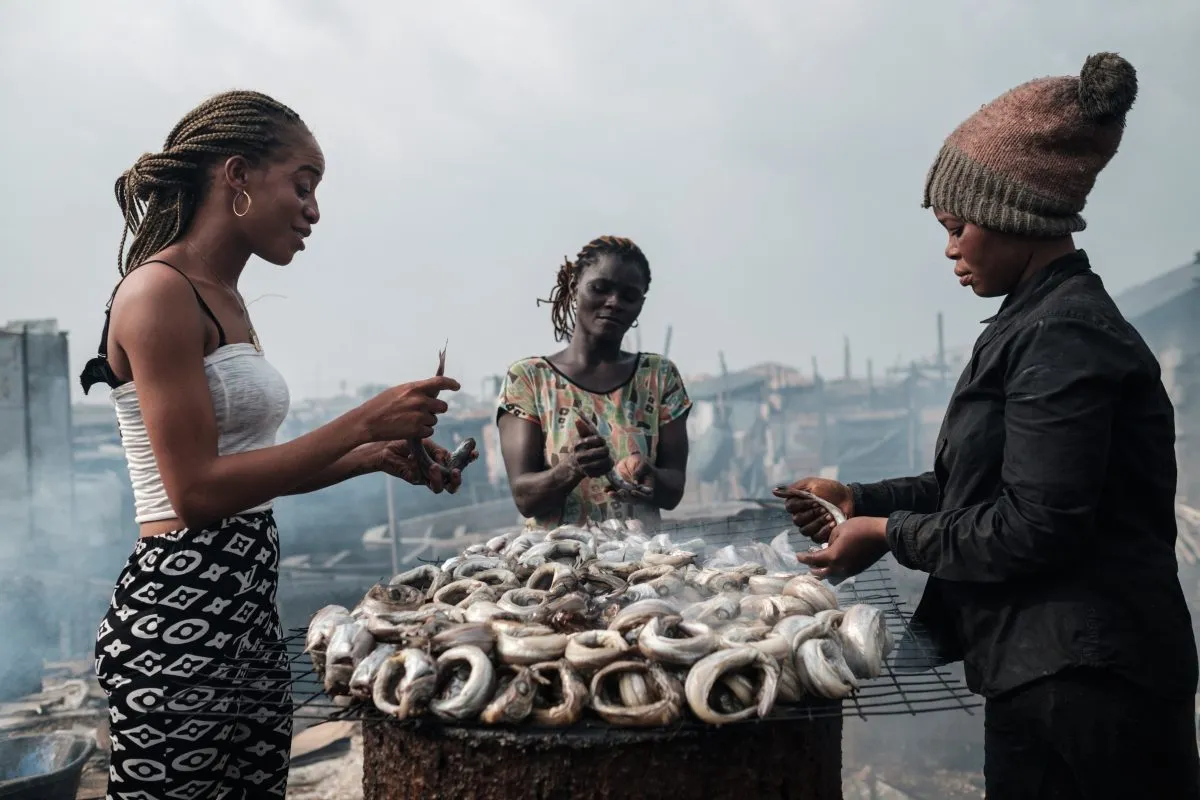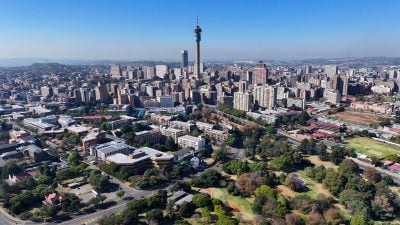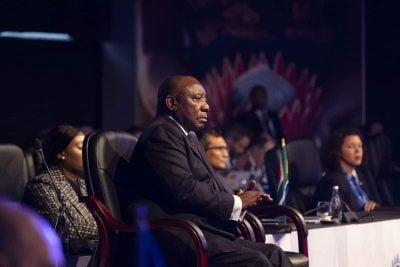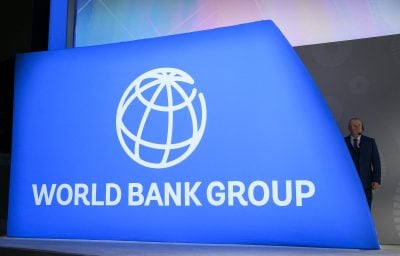This article is part of a series produced in collaboration with the African Development Bank in light of its sixtieth anniversary. Please visit our dedicated portal to read about the Bank's history and its activities on the continent.
The World Bank estimates that nearly 2 billion people worldwide, half of them in Africa, lack access to clean cooking fuels and technologies. While Asia has significantly reduced its clean cooking deficit over the past decade, the number of households in sub-Saharan Africa without access to clean cooking has more than doubled since 1990.
Currently, nearly four in five Africans cook meals over open fires or basic stoves. Moreover, households spend an average of five hours daily gathering firewood and cooking, depriving millions of the chance to work or attend school. This practice is also linked to serious health issues from inhaling toxic fumes, with women and girls being the most adversely affected.
The increased use of firewood, charcoal, and other unsustainable fuels in Africa has accelerated deforestation and exacerbated climate change.
“What’s shocking is that the tools to improve this situation are readily available and affordable. All it requires is political will–and some money,” argues Akinwumi Adesina, President of the African Development Bank, and Fatih Birol, Executive Director of International Energy Agency (IEA).
In an op-ed published during COP28 last year, they highlighted that switching to clean cooking technologies, such as liquefied petroleum gas (LPG) stoves, would cut global carbon dioxide emissions by 1.5 billion tonnes – roughly the same amount generated by all planes and ships worldwide today.
Ramping up investments
Recognising the urgent need for clean cooking solutions in Africa, the African Development Bank has pledged $2bn over the next 10 years to support these initiatives. This commitment will see the Bank allocate 20% of its energy project financing towards promoting safe alternatives to cooking with charcoal, wood, and biomass.
Speaking at the Clean Cooking in Africa summit in Paris in May, the Bank’s President Akinwumi Adesina emphasised the need to end the daily struggle of African women and girls who walk long distances, often in unsafe conditions, to gather firewood for cooking. He highlighted that the tools for clean cooking are available and affordable but have not been prioritised.
Thankfully, this is changing with the Bank’s renewed focus on clean cooking. Adesina noted that the lender’s increased funding to the sector over the next decade would save 600,000 lives annually, primarily women and children who suffer from the effects of secondary smoke from biomass, fuel wood, and charcoal.
Urbanisation an opportunity
Experts argue that for clean cooking to fully take off in Africa, policymakers must focus on adoption not only in rural areas but also in cities and urban centres. While clean energy access is often viewed as a rural issue, it remains a significant problem in urban areas across Africa, particularly for the urban poor and those living in informal settlements and slums. The lack of critical infrastructure and essential services in these areas, including access to clean cooking, severely impacts health, the environment, and quality of life.
Dymphna Van Der Lans, CEO of the Clean Cooking Alliance, highlights this as both a challenge and an opportunity.
“Most of the infrastructure needed to support these growing cities has yet to be built, which gives today’s urban planners, policymakers, and the private sector a valuable chance to lay the groundwork for widespread adoption of clean cooking solutions in the years ahead,” she stated in a report .
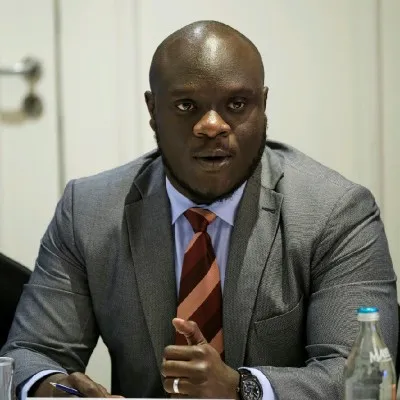
 Sign in with Google
Sign in with Google 